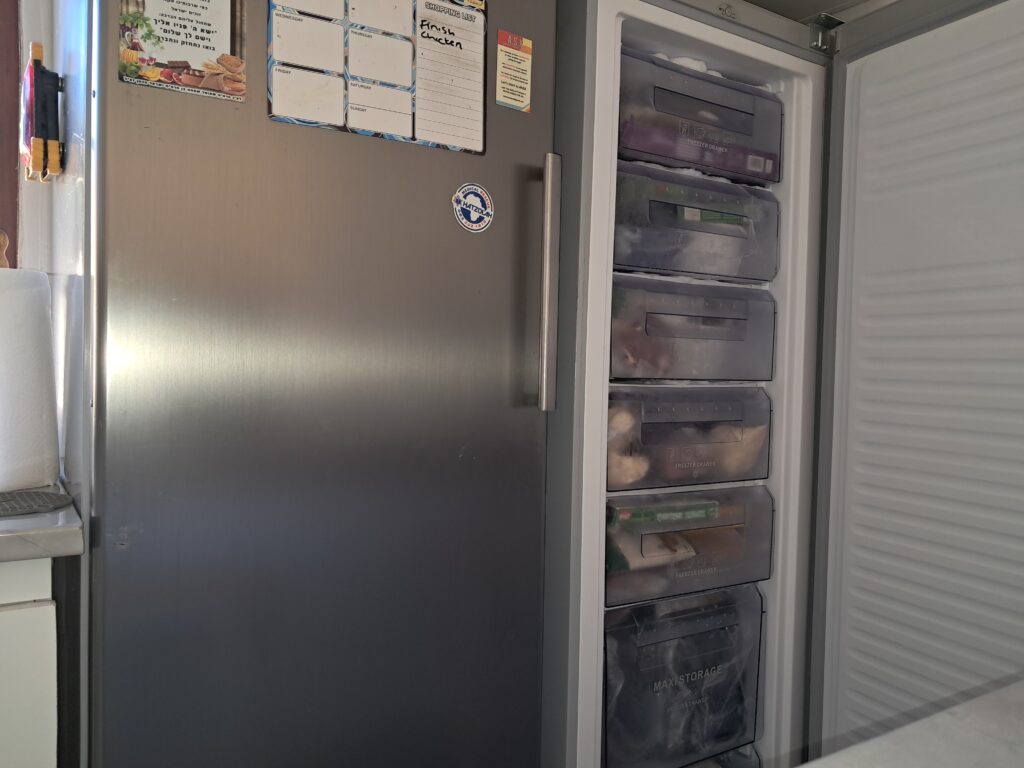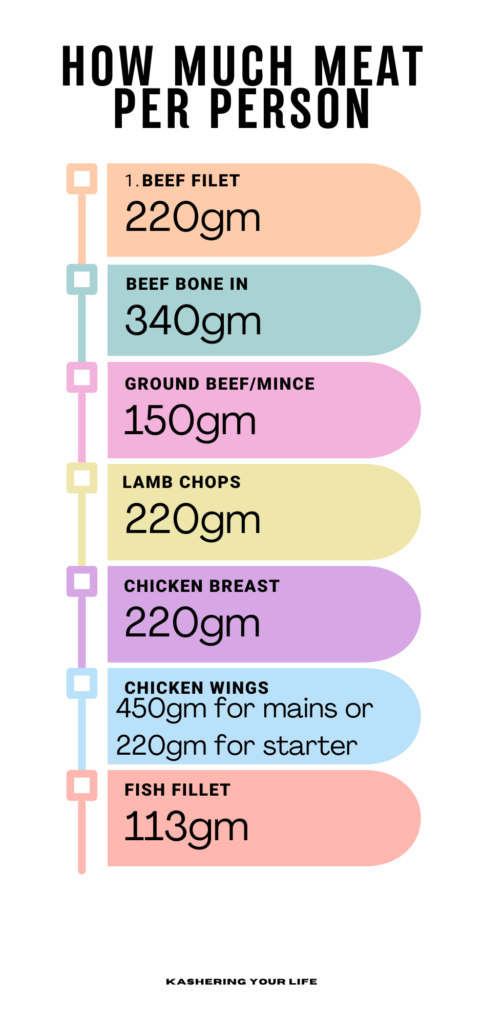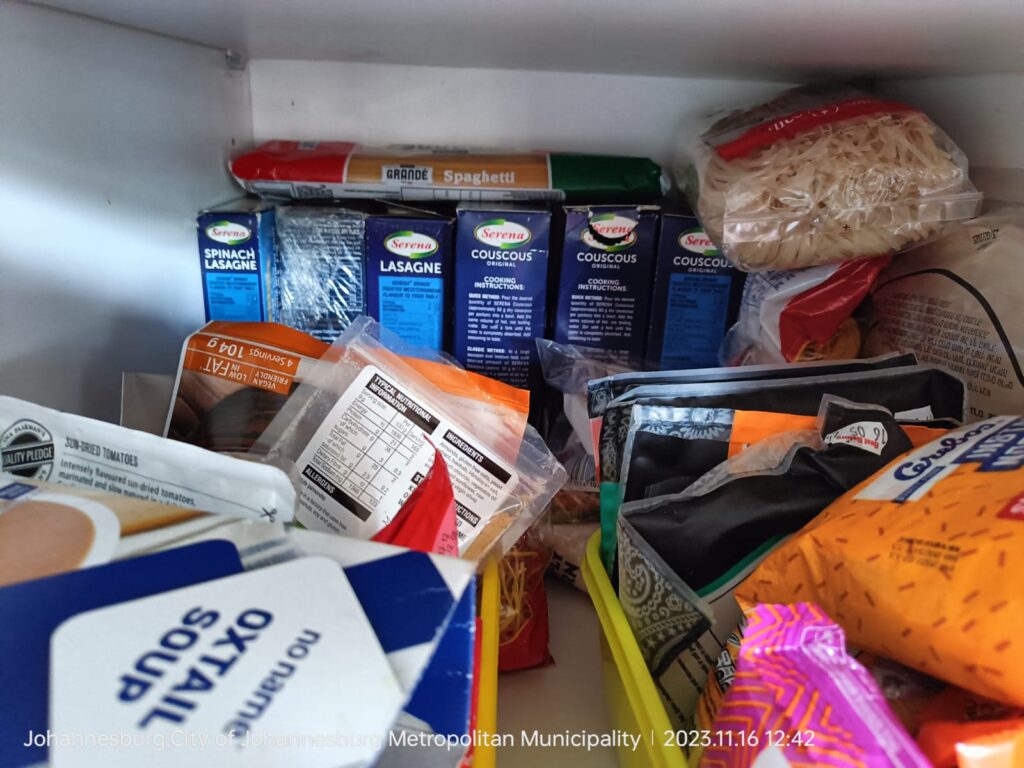Home » household management » Maximizing Savings and Health: A Step-by-Step Guide to Inventorying Your Fridge, Freezer, and Pantry
Maximizing Savings and Health: A Step-by-Step Guide to Inventorying Your Fridge, Freezer, and Pantry
- May, 14, 2025
- Adrienne
- household management, Managing your household, Meal Planning, Sorting and Cleaning
- No Comments.
In the beginning
The first step to taking control of your grocery bills, meal planning, and family’s health is inventorying your fridge, freezer, and pantry cupboard.
I stopped doing this for a while and started again last month. Part of this was pure exhaustion, just looking at the task of emptying a full freezer.
This may take more than one day, and it is a good time to defrost your freezer if needed. You will find items that you forgot you even had.
The first day was my freezer. I emptied it and allowed it to defrost. I washed all the drawers and then repacked everything in “categories” back into the drawers. Keeping the freezer packed by type is not long-term unless you are the only one doing the packing. I suggest doing a freezer clean-out every three to four months. I discovered ready-made meals in the back of mine.

The second day was used to inventory my pantry cupboard. Once again, this can feel overwhelming, but it is a good exercise to do on a semi-regular basis.
Firstly, you will avoid having too many duplicates that you don’t need; this does not include items that you buy in bulk with long shelf lives, but even those eventually expire.
A regular pantry cupboard clean out prevents weevils and other insects from invading your kitchen and dry goods like rice, mealie meal, barley, etc.
The last day is the fridge inventory. This should be done quite regularly, probably weekly, as we tend to forget the leftovers in the back. Those, with a little imagination, can be made into a new meal; this would reduce food waste even more and save you money.
I use an app called https://www.sortedfood.com/sidekick, which helps me use the same ingredients across multiple recipes and often includes leftovers.
Wiping down the inside of your fridge when doing this can prevent a buildup of bacteria caused by spilt food. While the cold does slow down the bacterial growth, it doesn’t stop it.
This tells you your starting point and enables you to begin your meal planning and the journey to a more reasonable budget.
How to use what you have
Once you know what is in your kitchen and you have your meal plan in place, it is time to go shopping. I first shop in my pantry, to choose recipes for the meal plan and to help use up what I already have and not waste anything, then I go shopping. I prefer online to in-store as it is faster and you aren’t going to leave your shopping list behind! A shopping list is vital to avoid impulse buying.
What I like about online shopping
Online shopping is going to save you money on petrol, impulse buys and car guards. The good thing about online shopping is that you can do it at night when you are finished running around, the shopping won’t be an extra thing that interrupts your day, there are no queues and no rude tellers! You can even be shopping while in your pyjamas with your beverage of choice. No judgements.
Buying your protein
A lot of people prefer to buy their meat by seeing what they are getting and are less inclined to do this by remote/online shopping. I am not one of them. I will send in my weekly order to my butcher using specific weights for however many people I have at home for dinner that week. We eat meat and chicken on Tuesdays, Thursdays and Fridays. I also only serve meat at night, except for Shabbos lunch.

The two butcheries that I buy most of my meat from have loyalty programs, and that definitely helps. I save up the points to use for the Jewish Holidays, which allows me to go ‘over budget’.
If you have the freezer space, find out from your butcher if buying a forequarter or a full animal is cheaper. You can ask the butcher to cut the meat into the pieces you want, this can last you a long time.
If you don’t keep kosher, watch out for bulk specials and monitor prices; sometimes bulk may not be cheaper.
While I would love to eat fish a little more often, the cost is more than my kosher roast, at around R200/kg for hake. Hake is really not a favourite in my house, and the fish that everyone prefers (Bream, Salmon, Tuna) is way more expensive. Even tins of tuna have become more expensive.
I have given myself a challenge, and one night a week, I make a fully vegan meal. The trick is to know your plant-based proteins and learn how to cook them. Tofu is a tricky protein, but once you get it right, it is great. The vegan-based processed products are nice and easy to use, but not as cheap as they used to be. Using vegetables is a better option.
What to change and where to go

Choose your products and produce wisely.
Woolworths may be more expensive for their fruit, but the fridge life is often longer than other stores, and therefore, you will throw out less. Buying in bulk, unless you are a large family, is also not always worthwhile, as you are unable to use up everything before it goes off.
They do have specials that are worth buying, like their pasta and tuna can specials. These have a nice, long shelf life.
Substitution
Another choice to make is your brands, changing brands can also help you stick to your budget, but keep in mind that some of these items may not be as healthy an option.
I tried to change the coffee brand in my house, and that didn’t work out too well, as the two coffee drinkers immediately noticed the difference. I had decanted it so they didn’t see the bottle it came in.

Taking inventory helps you be in charge of your kitchen, and doing a regular inventory helps you reduce your grocery bills and reduce your food waste.
I first wrote about kitchen inventory back in 2015, I own my kitchen, do you?
I found this blog quite helpful too https://shelfcooking.com/kitchen-inventory/
When was the last time you did an inventory of your kitchen?
- accident prevention
- App reviews
- babies in cars
- Books
- Braai
- Bread Recipes
- budget gifts
- Budgeting
- Budgeting in South Africa
- calendar
- Celebrations
- Cellphone safety
- Chanuakah
- Chicken recipes
- Child safety
- Children
- Chrismukah
- Christmas gifts
- Daily budgeting for South Africans
- Debt
- distracted driving
- driver safety
- drowning
- Environmental Issues
- Family
- Family Calendar
- Finance
- food
- Food for toddlers
- Food Myths
- Freedom Day
- frugal gifts
- grocery shopping
- Health
- heat exhaustion
- Heat wave
- Heritage Day
- household management
- I -Plan
- I-cook
- Jewish food
- JOFR
- Johannesburg
- Kosher
- Lockdown
- Managing your household
- Meal Planning
- Meat Recipes
- monthly shopping
- Nurses Day
- Obesity
- online shopping
- Organisation and clean up
- Parenting
- personal finance
- Personal safety
- pets in cars
- Public Holidays
- Quick meals
- Random Ruminating
- Recipes
- Religious holidays
- Reviews
- saving money
- School
- slow cooker
- Slow cooker recipes
- Soup
- South African
- Specifically Jewish
- Summer
- Teenagers
- textbooks
- texting
- Tu B Av
- Uncategorized
- Vegetarian Recipes
- Winter
- Workers Day
- workshop
- Xmas gifts
- September 2025
- May 2025
- November 2023
- October 2022
- August 2021
- February 2021
- January 2021
- November 2020
- September 2020
- August 2020
- June 2020
- May 2020
- April 2020
- March 2020
- February 2020
- January 2020
- November 2019
- October 2019
- September 2019
- August 2019
- May 2019
- April 2019
- February 2019
- January 2019
- November 2018
- October 2018
- September 2018
- May 2018
- April 2018
- March 2018
- February 2018
- January 2018
- August 2017
- May 2017
- April 2017
- March 2017
- February 2017
- January 2017
- December 2016
- October 2016
- September 2016
- August 2016
- July 2016
- May 2016
- April 2016
- March 2016
- February 2016
- January 2016
- December 2015
- November 2015
- October 2015
- September 2015
- August 2015
- July 2015
- June 2015

Leave a Reply